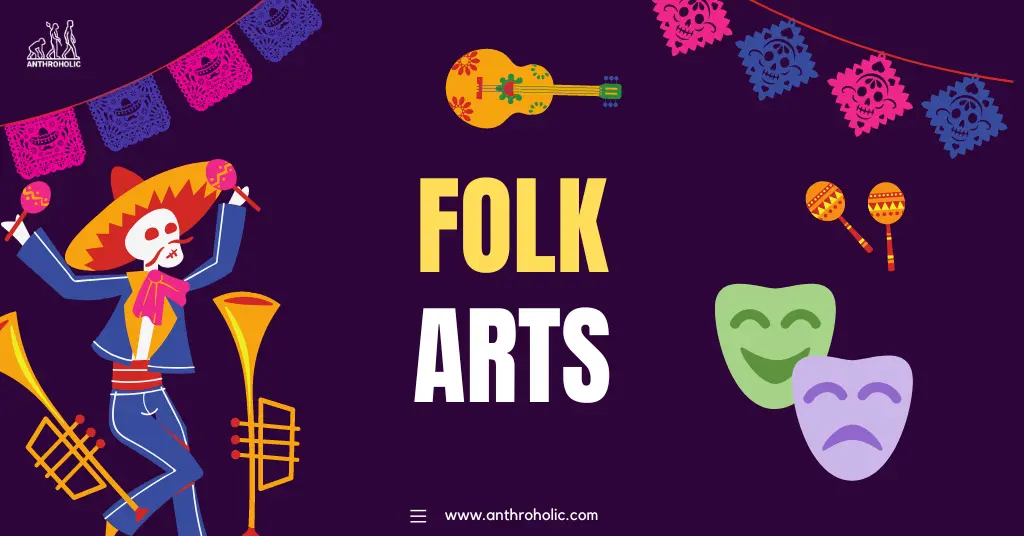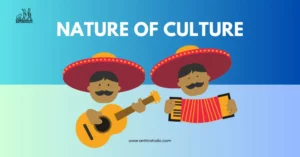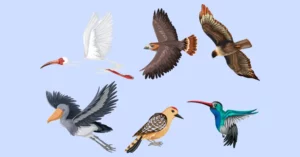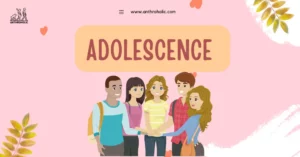AI Answer Evaluation Platform Live Now. Try Free Answer Evaluation Now
Folk Arts
The study of human society and culture would be incomplete without understanding folk arts. An artistic expression of communal life, folk arts reflects the heart of cultural identity and the life ways of communities that have been transmitted over generations [1]. They provide a snapshot of people’s history, values, and worldview.

Understanding Folk Arts
Folk arts, also known as traditional arts, encompass a broad array of artifacts and practices that include visual arts, music, dance, storytelling, and craftsmanship. These forms often represent the collective memory and creativity of a community [2].
Key Characteristics of Folk Arts:
- Originates and is maintained within communities.
- Passed down from generation to generation.
- Expresses cultural values and aesthetics.
- It is frequently integrated into everyday life and celebrations.
Folk Arts Across the Globe
Different societies and cultures across the globe have nurtured their own distinctive folk arts, each with its unique flavor and charm.
Asia
Asia, with its myriad cultures and communities, presents a rich variety of folk arts. Chinese shadow puppetry, Indian Madhubani paintings, and Japanese origami are some examples. These arts not only entertain but also hold deep spiritual and cultural significance [3].
Europe
European folk arts encompass a range of crafts and performance arts. The tapestries from France, Flamenco dance from Spain, and intricate Polish paper cuttings (Wycinanki) embody centuries-old traditions.
Africa
African folk arts are diverse and symbolic. African masks and sculptures, often imbued with religious significance, tell stories of ancestral spirits. Traditional dances like Adumu from the Maasai people hold communal importance.
The Americas
Folk arts in the Americas include Native American pottery, Inuit sculptures, and Mexican ‘Day of the Dead’ artworks. Appalachian folk music and quilting are cherished practices in the U.S.
The Role of Anthropology in Understanding Folk Arts
Anthropologists delve into the study of folk arts to interpret cultural meanings, societal transformations, and historical contexts. They examine how traditional arts evolve over time, adapt to external influences, and how they influence or are influenced by societal changes.
Studying Symbolism
Folk arts are often rich in symbolic content. Anthropologists decode these symbols to understand the underlying values, beliefs, and societal structures.
Understanding Change
Changes in folk arts can reveal shifts in cultural practices, societal values, or external influences such as migration, colonization, or globalization.
The Future of Folk Arts
Despite the rapid globalization and cultural assimilation, many folk arts continue to thrive, adapting and evolving. They remain a vital aspect of cultural heritage and identity, fostering social cohesion and continuity.
Challenges:
- Loss of traditional knowledge due to modernization.
- Commodification and commercialization that may lead to a loss of authenticity.
- Lack of interest among the younger generation.
Opportunities:
- Promotion of cultural tourism.
- Use of digital technologies for preservation and propagation.
- Revival initiatives by governments and NGOs.
Conclusion
Folk arts, with their rich cultural tapestry, are an integral part of human civilization. As anthropologists explore these artistic realms, they unravel the intricate relationships between art, society, culture, and history. Folk arts are not just relics of the past; they are living, evolving entities that embody our collective human heritage and future aspirations.
References
[1] Glassie, H. (1995). Traditional art and the individual.
[2] Ben-Amos, D. (1983). Folklore Genres.
[3] Fok, V. (2002). Chinese shadow theatre: history, popular religion, and women warriors.




